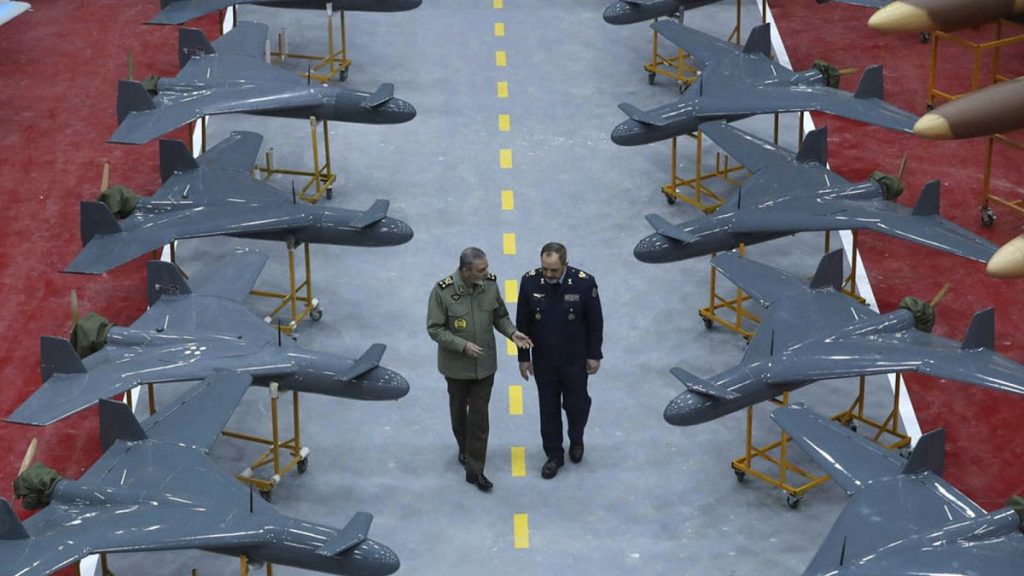The interconnected cases of Iranian engineer Mohammad Abedini and Italian journalist Cecilia Sala have ignited a diplomatic firestorm between Tehran, Washington, and Rome, highlighting the delicate balance of international relations and the complexities of technological espionage. Abedini, detained in Italy on a US warrant, was accused of supplying drone technology to Iran, which was allegedly used in an attack that killed three American troops in Jordan. His subsequent release, orchestrated alongside the freeing of Sala from Iranian custody, has sparked controversy and accusations of hostage diplomacy.
At the heart of the issue lies the contention surrounding Abedini’s electronic devices, confiscated by Italian authorities and believed by the US to contain sensitive information related to the drone attack. The US has requested access to these devices, a request that adds another layer of complexity to the already tense diplomatic situation. This tug-of-war over the devices underscores the high stakes involved, with the US determined to investigate the alleged transfer of technology and Iran likely eager to protect its technological secrets. The situation is further complicated by the timing, occurring amidst heightened global tensions and a renewed focus on Iran’s military capabilities.
The case delves into the murky world of dual-use technologies and the challenges they present to international security. Abedini, operating through a Swiss front company, allegedly exploited the trade relationship between the US and Switzerland to acquire US-made components, which were then allegedly transferred to Iran. This maneuver highlights the difficulty in controlling the flow of technology, particularly when it can be used for both civilian and military purposes. The use of a Swiss intermediary adds another layer of complexity, raising questions about the effectiveness of international export controls and the potential for circumvention through third-party countries.
Central to the narrative is the development of Iran’s military capabilities, particularly in the realm of drone technology. While subject to stringent sanctions and embargoes, Iran has demonstrated a remarkable ability to advance its military industry. This progress, attributed to both indigenous development and reverse engineering of foreign technologies, raises concerns about the effectiveness of sanctions and the need for stricter enforcement. The acquisition of even small technological samples, like those allegedly carried by Abedini, can have significant implications for Iran’s military development, potentially enabling the country to enhance its drone and missile programs.
The incident exposes the limitations and vulnerabilities of international legal frameworks in dealing with such complex scenarios. The Italian government’s refusal to extradite Abedini, citing discrepancies between US and Italian law, highlights the challenges of international legal cooperation, especially when national interests and interpretations of legal principles diverge. This divergence adds another dimension to the dispute, raising questions about the effectiveness of international warrants and the potential for jurisdictional conflicts to hinder cooperation in combating transnational crimes.
The Abedini-Sala affair serves as a microcosm of the larger geopolitical landscape, revealing the intricate web of diplomatic relations, technological competition, and security concerns that define the current international order. The incident underscores the challenges posed by the proliferation of sensitive technologies, the limitations of international legal frameworks, and the ever-present risk of escalation in an already volatile global environment. The long-term implications of this case remain to be seen, but it has undoubtedly cast a spotlight on the precarious balance of power and the ongoing struggle to maintain international security.














